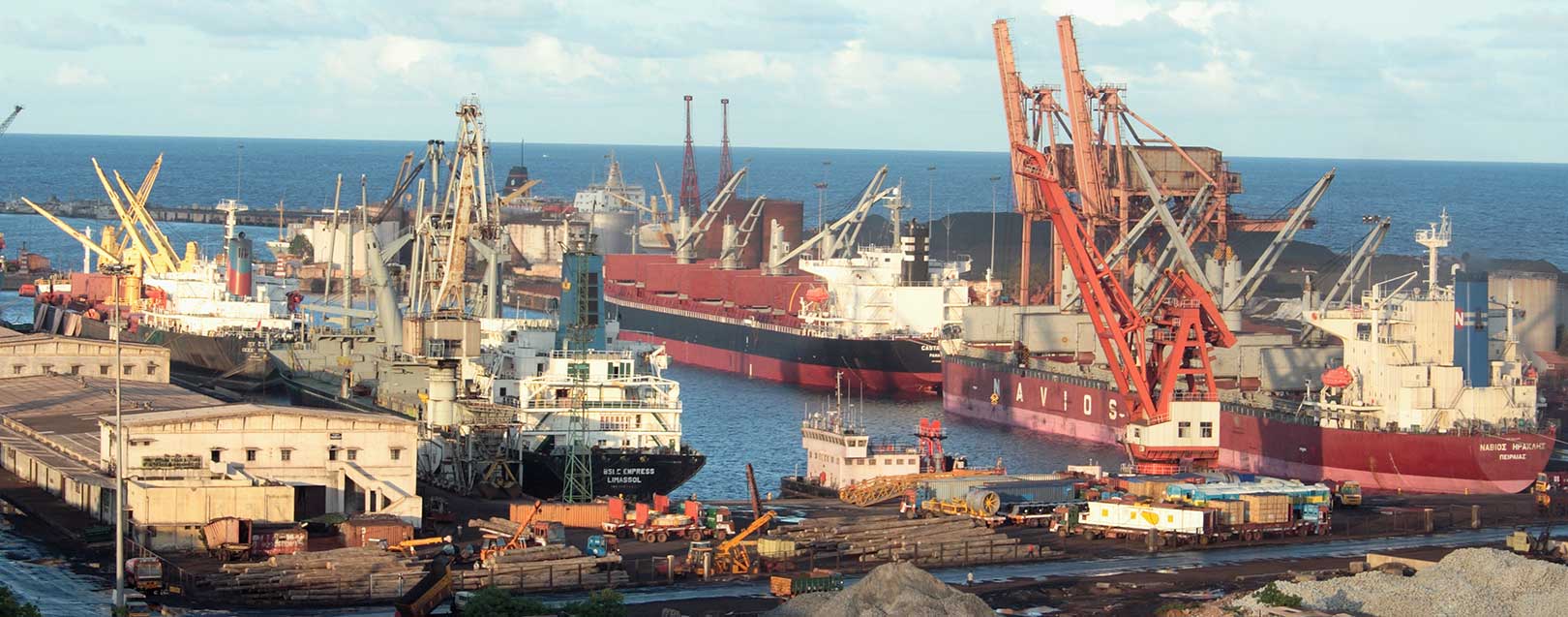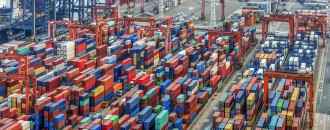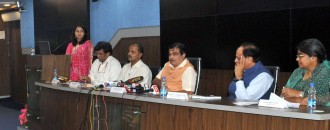
Rate ceiling leaves no option for stevedores: Ishwar Achanta
By Sisir Pradhan
Sisir: Sir, do you think the new Stevedoring and Shore Handling Policy would be able to bring in transparency in pricing and performance of various stevedoring and onshore cargo handling operations? Will it be helpful to curb cartelisation at major ports?
Ishwar Achanta: The issue of a Stevedoring Policy has been around for some time now. Let me explain in a detailed manner.
It is incorrect to say that cartelisation is present in all ports. One needs to check the performance of various ports. There are numerous stevedores operating at each port. As stevedores we welcome the move by the Government of India to regulate this industry.
As far as the recent policy regarding Tariff Authority for Major Ports (TAMP), released by the Shipping ministry is concerned, a stevedore has no option but to work under that policy. Our activities are vastly different from the operations at terminals built under the BOT (build operate transfer) scheme. Each BOT project is unique with a determinable set of factors for which TAMP, using only a formula though, is able to provide a reference tariff. It is on this tariff that the bidder who quotes the highest revenue share wins the project.
At conventional berths, operations of bulk cargo like Dolomite, Limestone, cement, barytes and cobble stones have unique handling requirements. Moreover, liner operations require experienced stevedores to handle multiple cargoes, requiring special knowledge on stowing, lashing, securing and removing specialised cargoes. Given the different types of gear required, including insurance coverage, it would be impossible for TAMP to capture all the different variables in a stevedoring operation and arrive at a per ton rate. A perfect example would be steel coil handling at Chennai Port which prohibits landing of coils on the wharf. The Customs permit direct movement of cargo to nearby Container Freight Station (CFS) under the PNR (public notice register) system and there is a huge cost difference in direct delivery and shore delivery. The complexity of this operation is too vast for TAMP to have one single tariff and TAMP is unwilling to have multiple sets of tariff.
At Chennai Port, granite blocks are received in 7 different ways from outside the Port and clearly the complexity of the operation stands out. There are different types and sizes of granites which require different stow plans and stowage methods using different types of gears. It is not possible to club all granites into one tariff and as individual stevedores we are able to mitigate this difference through a calculated risk of pricing.
TAMP may try to cost each operation separately and then arrive at a weighted average and establish a tariff, which is impractical as the rates for each customer varies and one rate applied by one stevedore is not the same as that applied by a competitor. TAMP has standard formula for computing costs, for example Miscellaneous costs is 8%, Repair and Maintenance is 5% of any Mechanical device, Insurance is taken at 1%, etc. For an actual operation, such rationalised percentages are not applicable while they may be acceptable to fixing tariff for large PPP projects involving high Capex.
This is the same situation at each Port and each cargo has its unique set of problems. We believe that it is impossible for TAMP to set a tariff for more that 50 commodities in each Port across 12 Major Ports. All these concerns were raised before the Indian Ports Association (IPA) which was identified as the nodal agency to create the framework for this policy.
Our strong recommendation has been for individual Port Trust Boards to decide on a quantum of revenue share/license fee/royalty on a per ton-per commodity basis. Each stevedore would then pay this amount to the Port along with the import or export application as in the case of paying wharfage by the cargo owners. This will then compel the stevedore to have a transparent and competitive pricing policy as cargo owners or ship owners are not going to simply shell out huge sums of money to the stevedore without a rational explanation. This will alleviate the fear of the Government on the transparency and overcharging issue.
As far as operational efficiency is concerned, there are myriad issues in Ports involving multiple agencies, including the unionised labour. It would be unfair to blame stevedores for any operational deficiency.
There are three levels of efficiency governance in our Ports. They are:
Firstly, each port has a minimum berth day output, failure to achieve this means there is penalty on the vessel for the overstay
Secondly, the Ministry of Shipping has a Results Framework Document (RFD) which details the various efficiency parameters, among others. Based on this, each Port has an MoU with the Ministry and monthly performance reports, first scrutinised by the individual Port Trust Boards, are sent to the Ministry.
Thirdly, market forces will ensure each stevedore loads or discharges as soon as possible since rates are quoted on the basis of an output per hook per shift or gang. Any reduction in this performance sees a huge reduction in earnings for a stevedore.
{Note: Ishwar Achanta, has been associated with Indian port sector for more than 30 years. He was also a trustee on the Board of Visakhapatnam Port Trust (2004-2008) and on the Board of Chennai Port Trust (2009-2014).}






 to success.
to success.